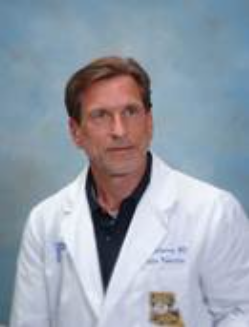EXOSOMES
Stem cell treatment for regeneration has shown impressive results. This is all about wound healing.
Alternative treatments consist of PRP (platelet rich plasma) and exosomes. PRP does not contain stem cells but initiates repair because it contains growth factors. Exosomes contain a high concentration of multiple growth factors and are more effective than PRP.
Below is a diagram of a cell. Notice the little sac-like inclusions inside the cell that are called lysosomes. These are also known as endosomes -- they are inside the cell wall. These little sacs are rich in specific biomolecules such as proteins and nucleic acids to help initiate repair.
The indentation in the cell wall demonstrates the cell extruding the contents of an endosome externally. This is the process of producing exosomes - outside the cell - that will circulate in the entire body and can be picked up and used by cells in other locations.
Exosomes will become more available for medical treatment. They are produced from stem cells that have been cultured through 100 lifetimes. At the end of this time if the cell shows no genetic or chemical changes then it is used as the cell source for exosomes. Isolating certain types of exosomes for certain medical conditions is in progress. For example taking a liver or pancreas cell to develop exosomes for healing may be used for treatment of cirrhosis, chronic hepatitis, and diabetes.
Many times, with an acute joint or soft-tissue injury exosomes alone may be sufficient treatment. These can be less expensive than using stem cells, particularly if the joint has good underlying anatomy.
Exosomes can also be added with stem cell treatment before, during, or after. They may serve a part of the program to prepare the body for recovery prior to stem cell treatment. Afterwards, they can also be used to promote wound healing.
From my surgical training, I see that stem cell treatment is simply wound healing.
When I have administered exosomes systemically by intravenous infusion for a particular medical condition, patients have come back to me with their subjective experience with the treatment. This includes improvement of chronic soft tissue and particularly low back pain, prostate symptoms become less, hearing improves, patients don’t use their reading glasses as much, and one person told me that they had not tasted food for 20 years. After the exosome infusion taste was back to normal. For me, this is a simple example of cells working better--we are rebooting their function.
Stem cell treatment is not walking to the doctor's office and getting a shot. The patient needs to be balanced chemically and hormonally to be in a good position for healing. Exosomes are a very significant adjuvant. There are other techniques that can also stimulate regeneration, such as infrared laser and hyperoxygenation. NAD is another instrumental factor in wound healing. That is the key. A complete program can give impressive results.
NAD and exosomes have been used to improve recurrent symptoms in patients that have autoimmune disease. Given together it can enable the infusion rate of the NAD to be increased, particularly in patients with autoimmune disease. This is wound healing. Reassessment of the healing status of the patient and treatment as indicated has been very successful.
